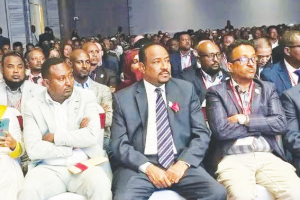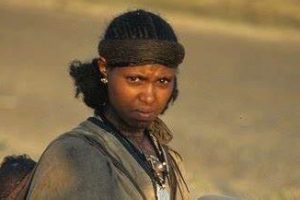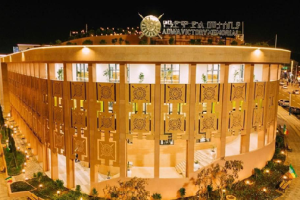
BY TSEGAY HAGOS
The Nuer people also known as Nei Ti Naath meaning ‘’original people/human beings,’’ are from Nilotic ethnic group predominantly found in the Gambela State and South Sudan.
They speak Nuer language and their livelihood depends on pastoralism. Cattle rearing is their major occupation and their cattle are seen as their companions. Also the practice determines Nure’s lifestyle.
Giving a nickname is common in the Ethiopian culture. The nickname is often given to a person in reference to his/her physical appearance, color, character, action and personality.
But sometimes, it could be given without reason. And in some communities (peoples), nicknames could be coined based on customs, traditions and rules of the society. In this regard, the Nuer people have peculiar nicknaming culture. The process has its own unique rules and procedures.
According to the magazine published by the Authority for Research and Conservation of Cultural Heritages, the Nuer people have huge affection and respect for their cattle.
Besides, the latter’s economic advantage; they are the sources of Nur’s national prestige and cultural identity. Due to this, there is a tradition of giving nickname for youngsters who are seven years and above.
The nicknaming process is based on the color of an ox. The nickname has a huge value among the Nuer people and it designates the personality of the person.
Accordingly, there is a ceremonial procedure of giving a nickname. Every Nuer highly cherishes it. Every Nuer is nicknamed based on the color of an ox. If a calf, its color is related with nickname of a boy’s character is born. The boy gives care and attention to the calf until it becomes an ox.
After the calf turned into an ox, a traditional ceremony is held to nickname the boy. The public realizes that the nickname is given to the boy throwing ceremony.
For instance, if the name of the boy is Chol (Chol means compensation), the ox must have a black head and white color around its belly and backbone.
If such kind of calf is born, the boy would give it special care and attention. The boy considers the calf as his companion and as such it will not be separated from him. The local people refer to the calf with such color as Bel Riyal . Hence, the boy would be nicknamed as Chol Bel Riyal.
Let us take another example, if the boy’s name is Chok and his father is Kir, it will be Chok Bel Riyal. The nickname Riyal is given to the boy if there is Riyal color (calf which has black head and legs, white stomach and back).
Therefore, the boy displays addoration to the calf and shows care to it until it becomes an ox. When it becomes an ox, the nickname will be given to the boy in an official ceremony. Thus, every Nuer boy will be nicknamed based on the color of the calf.
The Nuer people have a technique of differentiating boys who have similar nicknames. If they have the same name and nickname, they differentiate them by tiny color or sign after searching all body parts of the ox.
For instance, those who are named Chol have the same nickname which is Bel Riyal. To clear the ambiguity, the boys’ family search a color in the ox’s body parts.
The Nuer youth undertake dancing programs every night. The traditional dancing is called Babiye. Boys and girls eat and dance in the Babiye ceremony. The program would also create ample opportunity for the boys to choose their would-be wives.
Those who have oxen bring a few along with them. This shows how much the owner cares and loves his oxen. The girls show appreciation for those who accord good care and attention for their oxen. They would take it as their evaluating method of one who could be a good husband.
Thus, the girls exhibit a bent to dance with those who have appeared with well-kept oxen. Chanting songs, they express their admiration to the boys and their oxen. This is indicative that they have affection to the boy whom they want to marry.
The Ethiopian Herald February 24/2021





